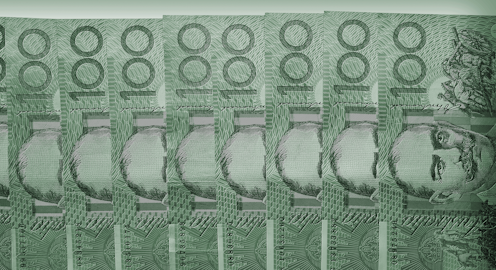What Australians did with their super when COVID struck
- Written by Nathan Wang-Ly, PhD Student, School of Psychology, UNSW Sydney

What happens when people withdraw their retirement savings early?
We’ve just found out.
During the first year of COVID Australians who faced a 20% decline in their working hours (or turnover for sole traders) or were made unemployed or were on benefits were permitted to take out up to A$10,000[1] of their super between April and June 2020, and a further $10,000 between July and December.
Five million took up the offer. They withdrew $36 billion[2].
Most of those surveyed by the Institute of Family Studies said they used the money to cover immediate expenses[3]. But definitions of “immediate” can vary.

















